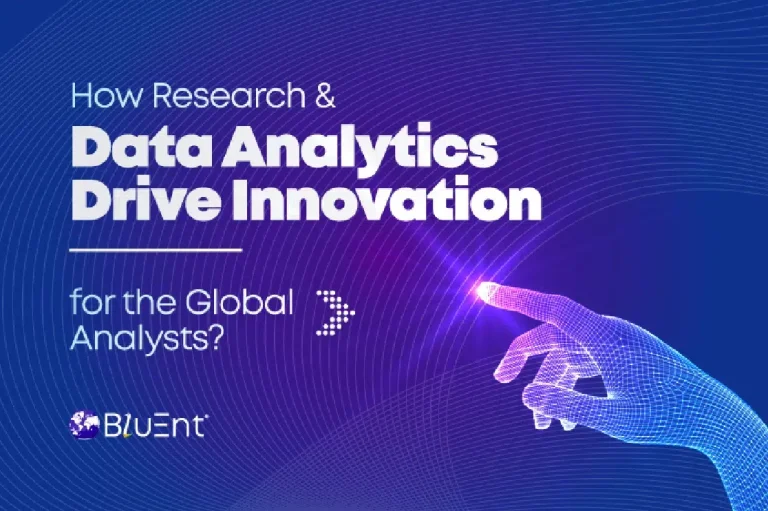- What We Do
-
-
What We Do
Insights to help predict tomorrow, adapt in real-time, and building lasting values for your organization.
-
-
-
-
-
- What We Think
-
-
What We Think
At BluEnt, we blend intelligence, scalability, and creativity to craft digital solutions that don’t just work — they win.
-
Get the true facts & shifts that shape your sector.
Discover how AI & Data are redefining your industry.
In-depth resources for future-proof your strategy.
-
-
-
-
- Who We Are
-
-
Who We Are
BluEnt is a global technology company delivering data-driven, scalable solutions in digital transformation, software development, and enterprise consulting.
-
Because Average Solutions Don't Grow Extraordinary
The BluEnt logo reflects our core values and business philosophy.
We turn complexity into clarity, technology into results,
and data into your competitive edge.
Integrity,Respect, Communication, Responsibility,
Teamwork, Innovation
With offices in the US, Canada, UK, Netherlands,
and India, we help businesses worldwide bring ideas to life.
Book a meetingLet's connect — your trusted partner is just a meeting away.
-
-
-
-
- Industry Insights
-
-
Industry Insights
Industry-Focused Innovation. Insight-Driven Results.
-
Risk analytics, fraud detectiony
Customer behavior analytics, demand forecasting
-
Data-driven decision-making, AI-powered solutions
-
Patient insights, clinical analytics
-
Operational efficiency, predictive maintenance
Book a meetingLet's connect — your trusted partner is just a meeting away.
-
-
-
-
- What We Do
- What We Think
- Who We Are
- Industries & Insights






















